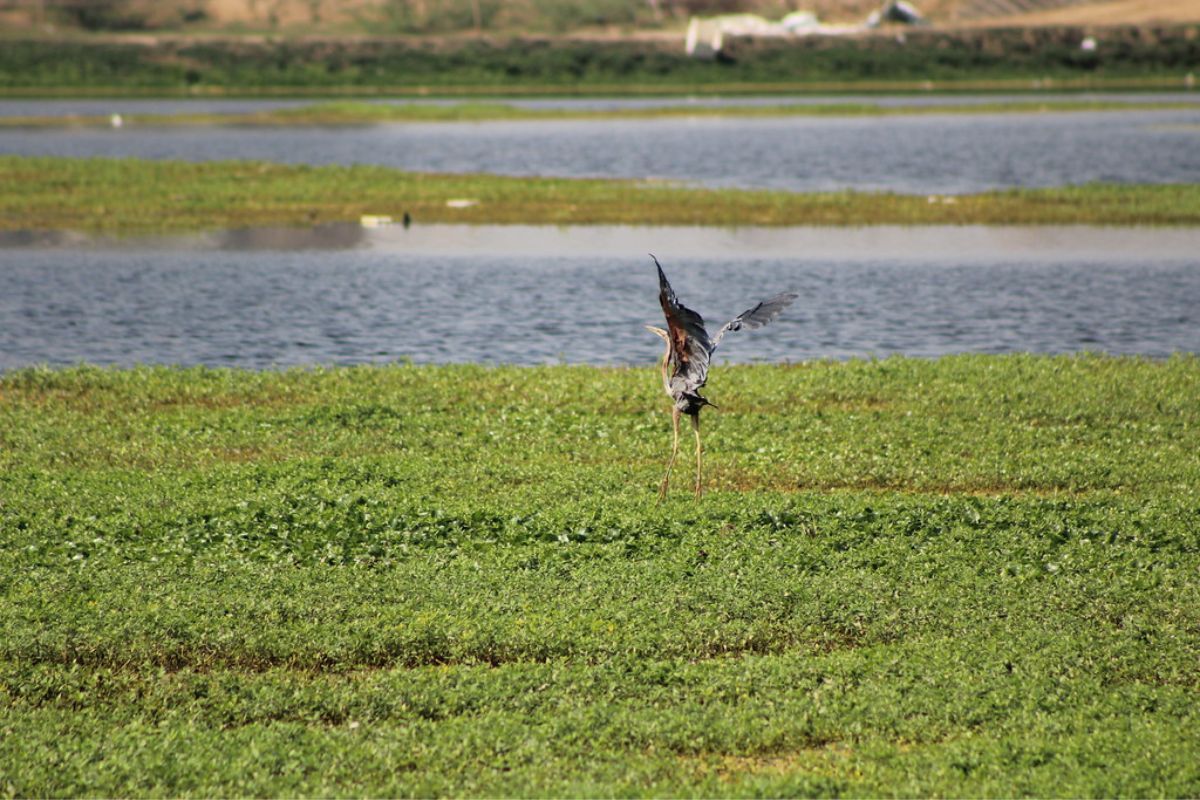As the world observes the 30th anniversary of the United Nations Convention to Combat Desertification (UNCCD), the theme for World Environment Day 2024 – ‘Land Restoration, Desertification and Drought Resilience’ – takes on profound significance. Recognizing the urgent need to protect fertile land cover, Wildlife SOS, a leading conservation organization, has re-emphasized its determination to revive degraded land through its existing ecological restoration efforts.
This year’s theme focuses on the intertwined relationship between desertification and land restoration. Desertification is defined as the degradation of fertile land in arid, semi-arid, and dry sub-humid areas, driven by various human factors.
In a bid to resurrect one such desertified region, Wildlife SOS chose the barren land of Ramdurga, situated in the Koppal district of Karnataka. Once a thriving landscape, the region had been stripped bare by anthropogenic encroachment factors such as illegal hunting, forest fires, and deforestation. The sound of mining quarries echoed for kilometers, and diminished rainfall left streams dry and the underground water table depleted.
To address this ecological emergency, Wildlife SOS initiated the Ramdurga Habitat Restoration Project in 2006, spanning a total of 50 acres of barren land. Over 10,000 carefully chosen saplings, including Mahua or butter tree, neem (Indian lilac), mango, amla (Indian gooseberry), jamun (java plum), and custard apple, were planted across the restoration area.
“In a period of merely two to three years, the project achieved a plant survival rate of 90%. The revival of the valley helped in the return of biodiversity. Leopards, sloth bears, tortoises, wolves, jackals, wild boars, langurs, and pangolins, small mammals such as jungle cats, small Indian civets, Asian palm civets and mongoose have been spotted through trap cameras,” said Swaminathan S, Senior Biologist at Wildlife SOS.
Kartick Satyanarayan, Co-founder and CEO of Wildlife SOS, emphasized the significance of this endeavor, stating, “Ramdurga is a tale of hope and revival, and this is the core message that we want to convey on World Environment Day. In line with this year’s theme, land restoration is a huge need for nature conservation today, and Ramdurga is one of the many instances where we see nature’s ability to bounce back when given the chance.”
The Ramdurga Habitat Restoration Project serves as a shining example of the transformative power of dedicated conservation efforts. By restoring the once-barren landscape, Wildlife SOS has not only revived biodiversity but also demonstrated the resilience of nature when given the opportunity to heal.
As the world commemorates World Environment Day 2024, the success of initiatives like the Ramdurga project serves as a beacon of hope, highlighting the importance of collective action in combating desertification and promoting land restoration for a sustainable future.









